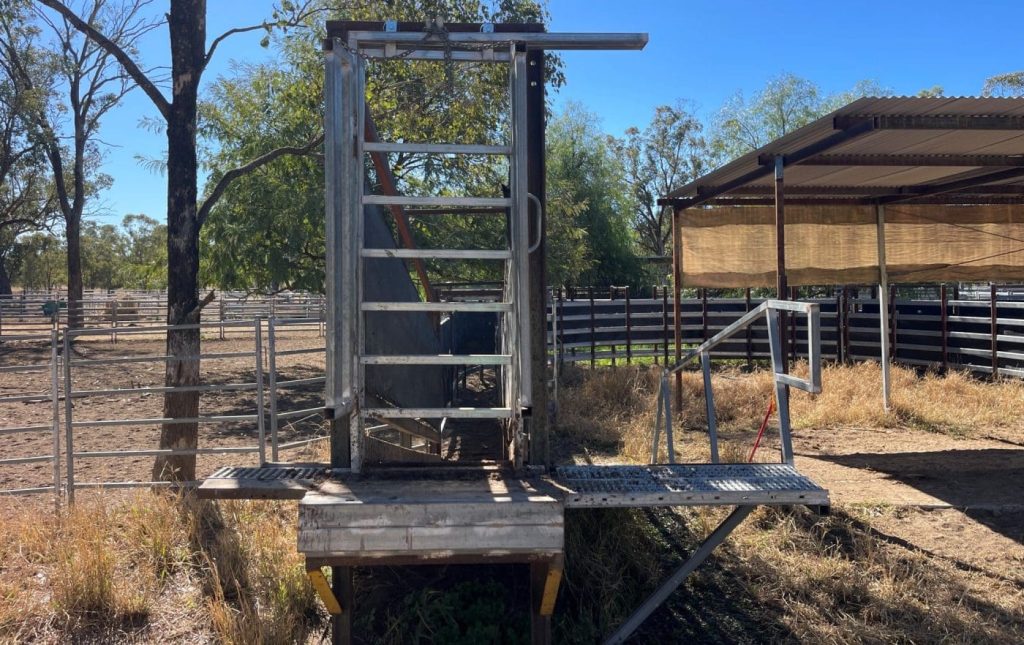The Importance of Safe Livestock Loading: A Personal Story
In a tragic incident that could have claimed his life, livestock transporter David Scott faced a severe accident during cattle loading that ultimately cost him his business and required him to undergo seven hospital operations. This experience has inspired him to raise awareness about the vital importance of safe loading facilities in livestock handling.
A Cautionary Tale
The incident took place in 2012, 40 kilometers west of Roma while David was loading cows onto a B Double truck.
“They were beautiful, big heavy cows,” he recalls. “We managed to load the top three pens without event, but one leader cow chose to walk to the back.” Unfortunately, when the last pen was loaded, the cow turned at the doorway, and without a sliding gate to keep her contained, she swiftly bolted back out.
“I couldn’t reach my door to shut it, so I decided to let her back out. But without a walkway alongside the race, I found myself caught and crushed by the 700kg cow,” he detailed.
The accident left David with cracked vertebrae and a shattered pelvis, requiring a year-long recovery during which he had to relearn how to walk.
Changing Perspectives on Safety
After his ordeal, David felt compelled to advocate for enhanced safety measures, encouraging livestock operators to retrofit sliding gates on loading ramps.
“If you have the right equipment in place, once a cow goes through the gate, it can’t come back,” he emphasizes.

Loading ramp with walkway and handrail, and slide gate at Echo Hills near Roma. Click on image for larger view.
Community Impact
Roma cattle producer Peter Thompson shared how David’s story impacted him and his operation at Echo Hills: “We’ve known David for a long time. He was incredibly fortunate to survive that accident, which served as a wake-up call for us regarding the need for safe loading facilities.”
The Thompsons added a slide gate and a walkway extension to their loading ramp to enhance safety for both the livestock and the truck drivers who handle them.
“It’s a straightforward upgrade that doesn’t require advanced welding skills, and it significantly improves safety,” Peter noted.
Farm Safety Week: A Call to Action
As National Farm Safety Week approaches (20-26 July), Meat & Livestock Australia’s Animal Wellbeing Project Manager Sharon Dundon encourages livestock handlers to assess the safety of their loading and handling facilities.
“At the National Rural Carrier’s Convention this year, unsafe facilities were highlighted as a top concern among livestock transporters,” she said. “This week is the perfect time to evaluate your setup – for yourself, your family, and your staff.”
Listening to the feedback from truck drivers could yield inexpensive yet effective safety solutions, which could save lives and livelihoods.



